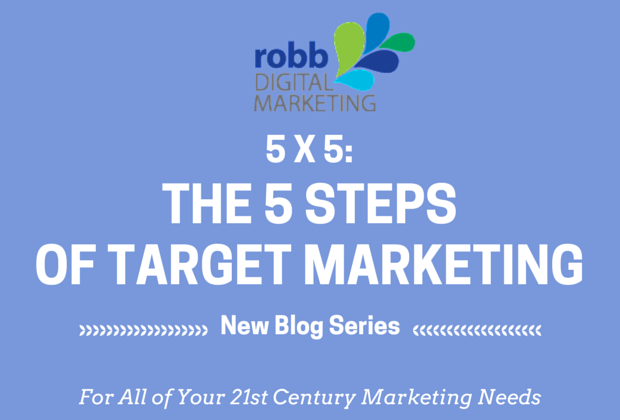If you want to act on what you’ve learned from analyzing your data, then you need to profile your customers. You want to know who your most profitable customer is, who your revenue-generating customer is, and who your most unprofitable customer is. I don’t mean that you need or want to identify specific people. You are creating the profile of imaginary customers that are the sum of the real customers in each category.
Many businesses operate under the assumption that they should attract as many customers as they can serve. Unfortunately, they’re wrong. A wise business professional knows that they can only truly serve the customers who want what they can profitably offer. First, a business cannot exist without profit. Second, unprofitable customers are generally unhappy customers. Third, you’re going to be unhappy if you try to serve customers who want something that you’re not really offering. If you profile your customers, you’ll be able to use that information to attract more of the right customers and to attract fewer of the wrong ones. Let’s get started!
1. Pick an icon
You have at least three “customers” you need to profile, though you can break it down further if that serves your business. At the very least, you need to profile the small percentage of customers that represent your highest profit margins, the bulk of your customers that represent the smaller profits that make up most of your revenues, and the unprofitable customers who cost you more than they’re worth. Whether you’re building three or more profiles, start by putting a “face” on your “customer.” (I do not recommend using the pictures of real customers.
2. List the stats
Again, for each of your profiles, there are some basic stats that coincide with your data. This may include business size (which may refer to their revenues or their staff) or family size, number of visits per week or per month or per year, “favorite” mode of marketing communication, or other attributes you’ve picked up along the way. For the moment, keep it to simple pieces of data that are easy to identify and generalize.
3. Create the frame
A profile won’t do you much good unless you put it into context. You frame your profile by communicating what this customer means to your business. The frame is going to be different for each business, so it’s hard to describe something that will work for everyone. Basically, we’re talking about keywords that frame the context of each customer. For example, if you’ve selected your most profitable customers because their orders have high values, but they place their orders self-sufficiently, then use self-sufficiency as part of your frame. If, on the other hand, taste factors are more important to you, then use that as part of your frame. Add to your list of stats the keywords that frame the identity of each “customer.”
4. Fill in the blanks
This is the part where you go back over your data and you enter into each profile all the bits of data that seem to “flesh out” your “customers.” Again, this process is highly individualized. Pull together all the data that clearly fits one customer, but not the other two (or two customers, but not the third). Then, enter the data in from whatever source you get it from. The data doesn’t have to refer to the same customers and it doesn’t have to make a sensible pattern just yet. The point is to give yourself as much to work with as possible based on what you know.
5. Get in focus
Now that you have a very wordy, rambling, nonsensical description of all the different facets of your various “customers,” it’s time to look at each profile one by one and turn that mishmash of information into a clear, coherent description that makes sense to you. Be sure to keep the first full draft of each “customer.” If you do, then you’ll have the confidence to cut away whatever doesn’t matter, knowing you still have the information if you decide you need to put it back in. Keep trimming unnecessary details until you make the profile as short and as succinct as possible without losing anything of real value. A single page is ideal.
As always, there are other ways to do this, but this process is the most straightforward way to get from where you were to where you need to be. If you use these tips, then you’ll end up with (at least) three profiles of customers: those you want, those you need, and those you could most definitely live without. When you’re finished, you’ll have three documents that you can glance at to remind you who your customers are whenever you’re creating a new piece of marketing. This will help you target your customers in your next step.
Read the previous blogs in this series:
5X5: 5 Tips for Analyzing Customer Data


